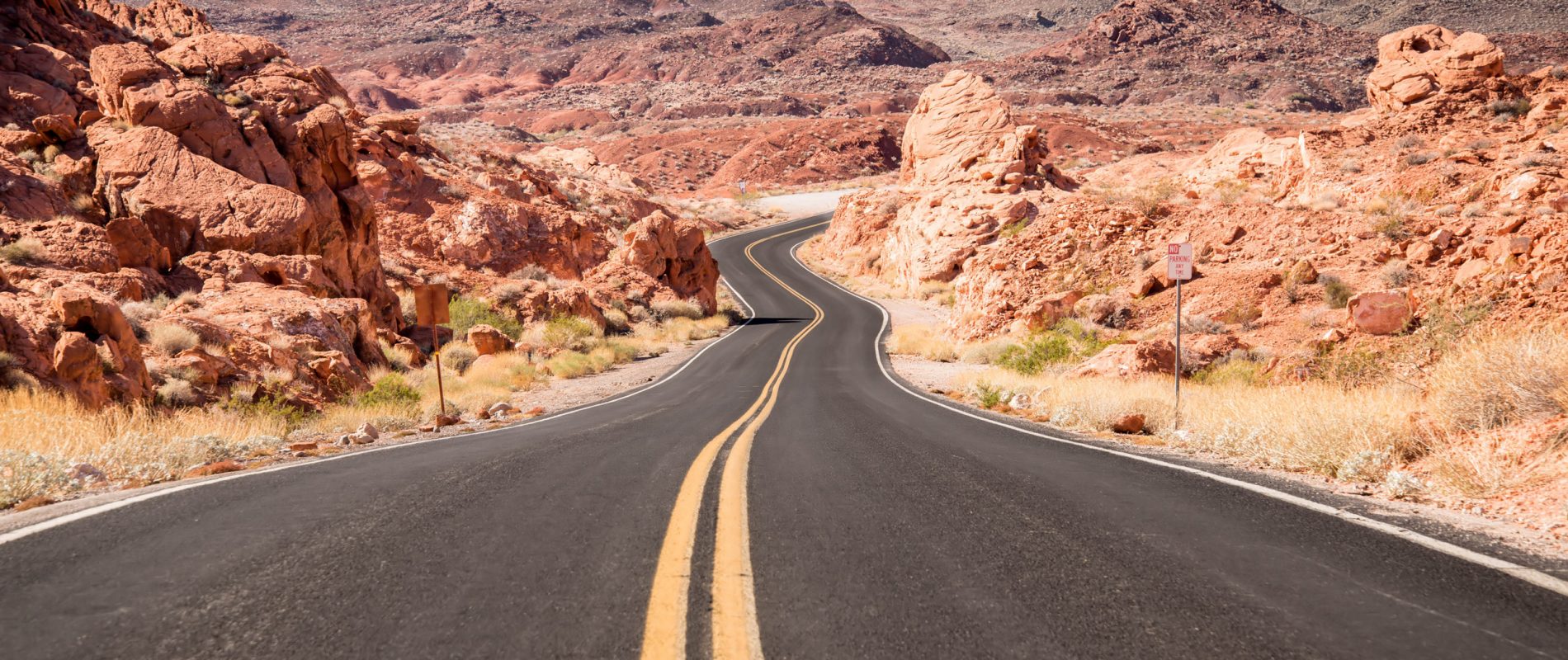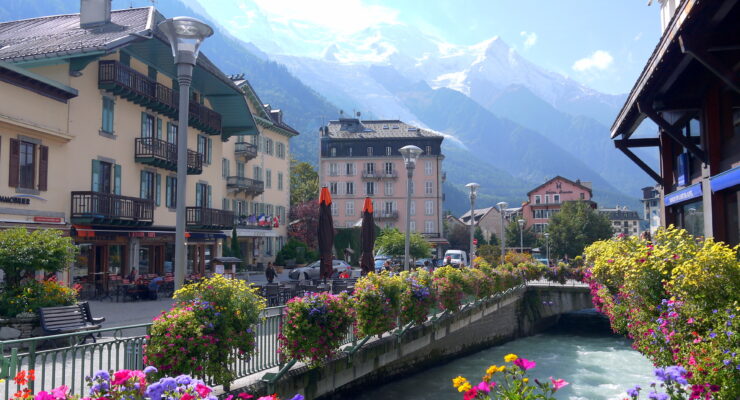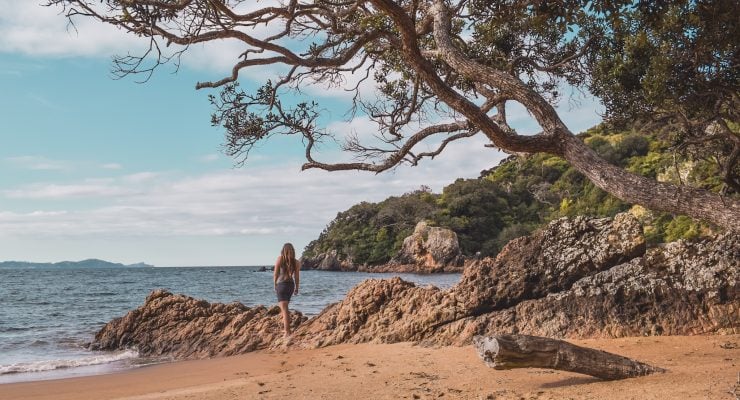Planning for a road trip
Should I buy a used vehicle or rent a campervan?
There’s no definitive answer to this basic question because many elements have to be factored in—length of road trip, budget, type of vehicle needed, willingness to go through red tape (e.g. vehicle registration process, insurance, etc.).
Note that if you’re planning to camp and sleeping in your vehicle is optional, you may not need a campervan; a regular van may fit your needs. It’s also a cheaper option, regardless of if you rent or buy.
Still set on a campervan?
Usually, it’s best to buy a used vehicle if:
- You’re planning a two-month-long trip or longer
- You’re willing to spend time on the buying process (e.g. visiting classifieds websites or checking ads in newspapers, inspecting and test-driving several options, getting proper insurance coverage, registering the vehicle, etc.)
- You want to save money on accommodation by sleeping in your campervan as often as possible
On the other hand, it’s wiser to rent a campervan if:
- You’re planning a shorter road trip (two months or less)
- You want a new vehicle (purchasing a new campervan is very expensive!)
- You don’t want to waste time outfitting a second-hand vehicle and going through ownership red tape
Should I buy a converted campervan or go the DIY conversion route?
There are three factors to consider—time, money and skills.
Buying a regular, boring van and converting it to fit your needs can be a great idea if you know what you’re doing and have access to tools and materials. If it’s just a place to sleep, a mattress and bedding are easy to come by and you could build storage easily. The key is to be resourceful and patient. There are plenty of how-to guides online and we’re also offering tips on saving space, storage and organisation.
However, if you struggle to change a lightbulb and if you broke the last thing you tried to fix, it’s probably best to “splurge” on a converted campervan. There’s no shame in it; not everyone wants to rough it and sleep on the floor and few people have the skills to make a vehicle cosy, practical and functional.
Map out your adventure
In movies, characters just shout “ROAD TRIP!”, jump in the car and miraculously find the most scenic route ever ten minutes later. In real life, it’s best to plan your adventure using maps and travel guides if you don’t want to get hopelessly lost and frustrated.
Start by defining your main goals. Do you want to hike in national parks, visit natural wonders, try thrill-seeking activities, spend time in the wild, stop by major cities?
Google Maps is your best friend. It’s a great tool to build your itinerary and get detailed info on distances as well as estimated travel times. Pay attention to distance, especially in huge countries like Canada, Australia or Argentina.
While you’re at it, make sure to check local traffic rules and bylaws regarding campervans (e.g. overnight parking). Don’t collect fines during your road trip!
If you’re heading into the wild, take note of where the petrol stations are; they may be few and far apart. Plan for stops to fill up!
Bottom line is, yes, you’re looking for freedom and a fun adventure, but it’s best enjoyed with some planning. You can always take detours, side trips and improvise once behind the wheel knowing you have a backup plan.
Create a road trip budget
Proper budget estimation is paramount to a successful road trip. Yes, it takes time and it’s not fun to add up numbers but it’s the best way to avoid running out of funds when you still have three weeks left.
Make sure to factor in all costs, including purchase price/rental costs, conversion costs, maintenance fees, camping fees, petrol, food and drinks, activities, etc. Websites like Calculator are handy to guestimate your fuel budget; simply enter the trip distance (you can find it on Google Maps), fuel efficiency and fuel price.
Make sure to leave room for unexpected expenses (hello, flat tyre!).
Get proper insurance coverage
Granted, diving into the wonderfully complex world of car insurance is less fun than playing around with Google Maps but don’t even think of starting your trip without proper coverage.
Terminology and requirements vary depending on the country where your road trip takes places, but generally speaking, you should consider coverage that includes:
- Personal injury protection
- Liability claims (lawsuit arising from accidents)
- Vehicle damages and vandalism
- Emergency road service
- Theft
Insurance isn’t always mandatory and insurance packages vary from very basic to super comprehensive. Be sure to understand what’s included and read the fine print. Keep your destination in mind as well—as you probably know, the US is the land of crazy high healthcare costs and lawsuits while coverage for damages caused by animals can make complete sense in Australia.
Read Everything You Need to Know to Rent a Vehicle in Canada for more country-specific advice. Note that pvtistes.net offers a cool 5% off on Frogs car insurance in New Zealand. We also have a great deal with YouSet to help you find the best price for your auto insurance in Canada.
Plan for emergency situations
Keep a list (digital and on paper, in case technology fails you) of local emergency numbers, roadside assistance services, etc. Add your insurance policy and driving licence numbers or other info you may need to give quickly in case of emergency.

















 Français
Français English
English



0 comments
{{like.username}}
Loading...
Load more